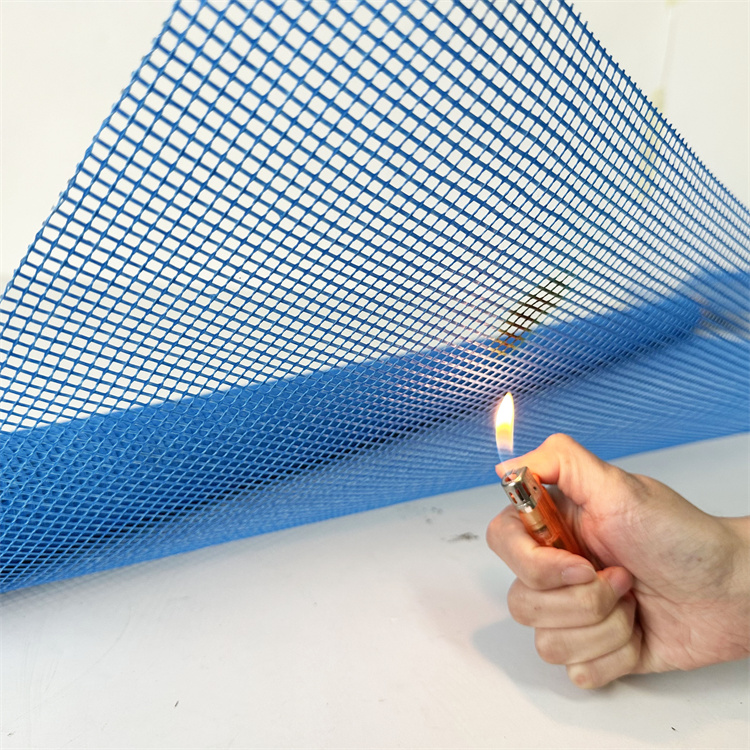Fire Retardant Fiberglass Mesh is a vital material in construction projects where fire safety is a top priority. Designed to resist high temperatures and prevent the spread of flames, it is commonly used in wall reinforcement, insulation systems, and roofing. However, choosing the right mesh and using it correctly is essential to maximize its benefits.
A frequent challenge is ensuring the fiberglass mesh is compatible with the materials in use, such as concrete, plaster, or insulation. Misalignment can lead to reduced fire resistance or structural weaknesses.
Incorrect installation methods, such as inadequate overlap or poor adhesive application, compromise the fire-resistant properties. This is especially critical in high-risk areas like kitchens or industrial facilities.
Failure to verify if the selected fiberglass mesh meets local or international fire safety standards can result in legal complications and reduced safety.

Always select Fire Retardant Fiberglass Mesh that complies with recognized safety standards, such as ASTM E84 or EN 13501. Verify certifications with the manufacturer or supplier to ensure reliability.
Before installation, assess the compatibility of the fiberglass mesh with other materials in your project. Conduct small-scale tests to confirm adhesion and integration.
Ensure overlap between mesh sheets is at least 10 cm and use a high-quality fire-resistant adhesive. Pay extra attention to corners and joints, as these are critical points for fire protection.
Inspect the installed mesh periodically for signs of wear, damage, or detachment. Regular maintenance ensures long-term fire safety and reduces repair costs.
Provide training to workers on proper handling and installation of Fire Retardant Fiberglass Mesh for construction. Knowledgeable staff reduces errors and improves overall safety.
Fire Retardant Fiberglass Mesh is a crucial component in enhancing fire safety in construction projects. By understanding the common issues and implementing these practical solutions, you can ensure maximum protection and compliance with safety standards. Whether you're a contractor or a project manager, taking these steps will contribute to a safer and more reliable construction process.
Comments
Please Join Us to post.
0